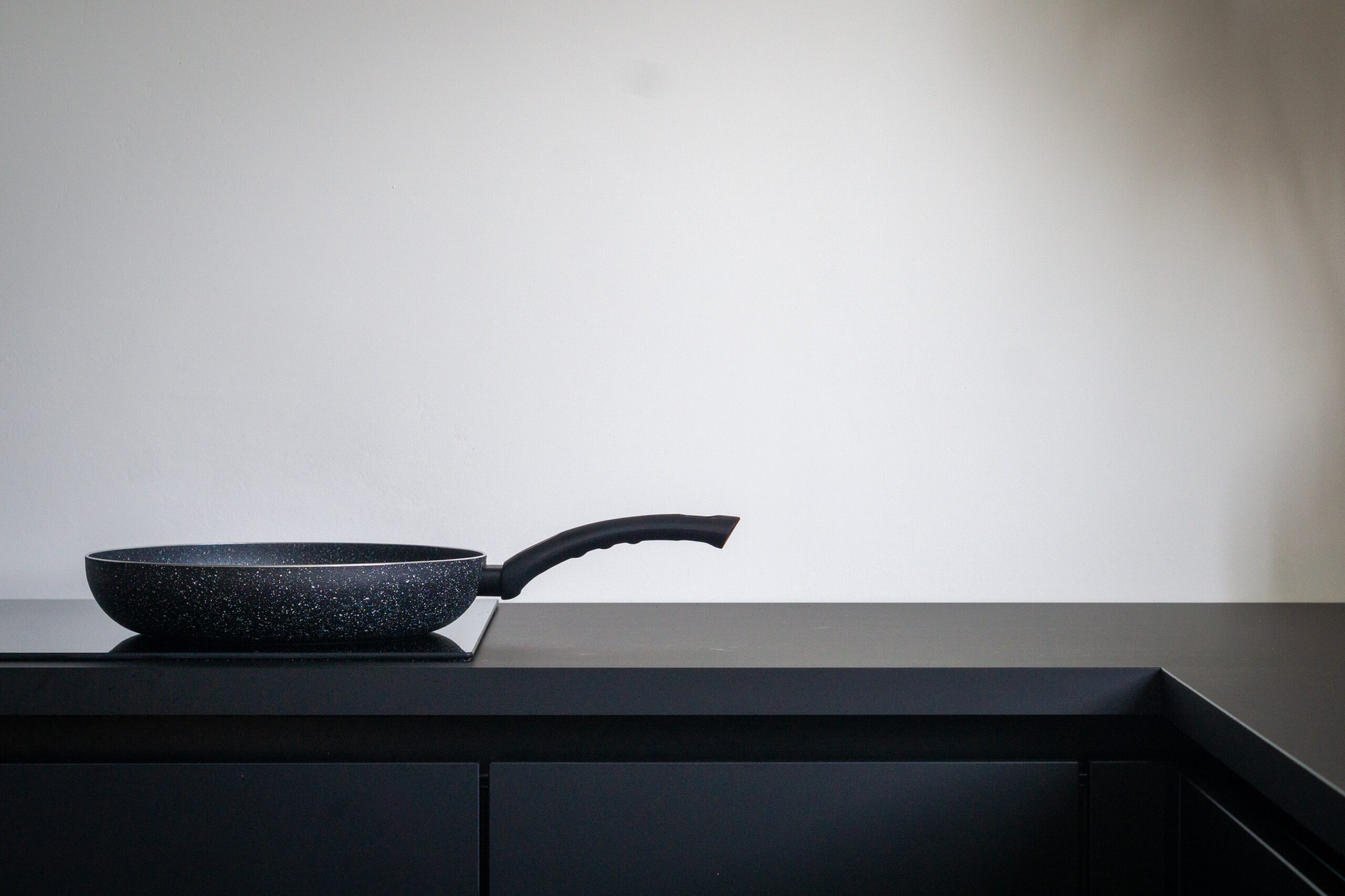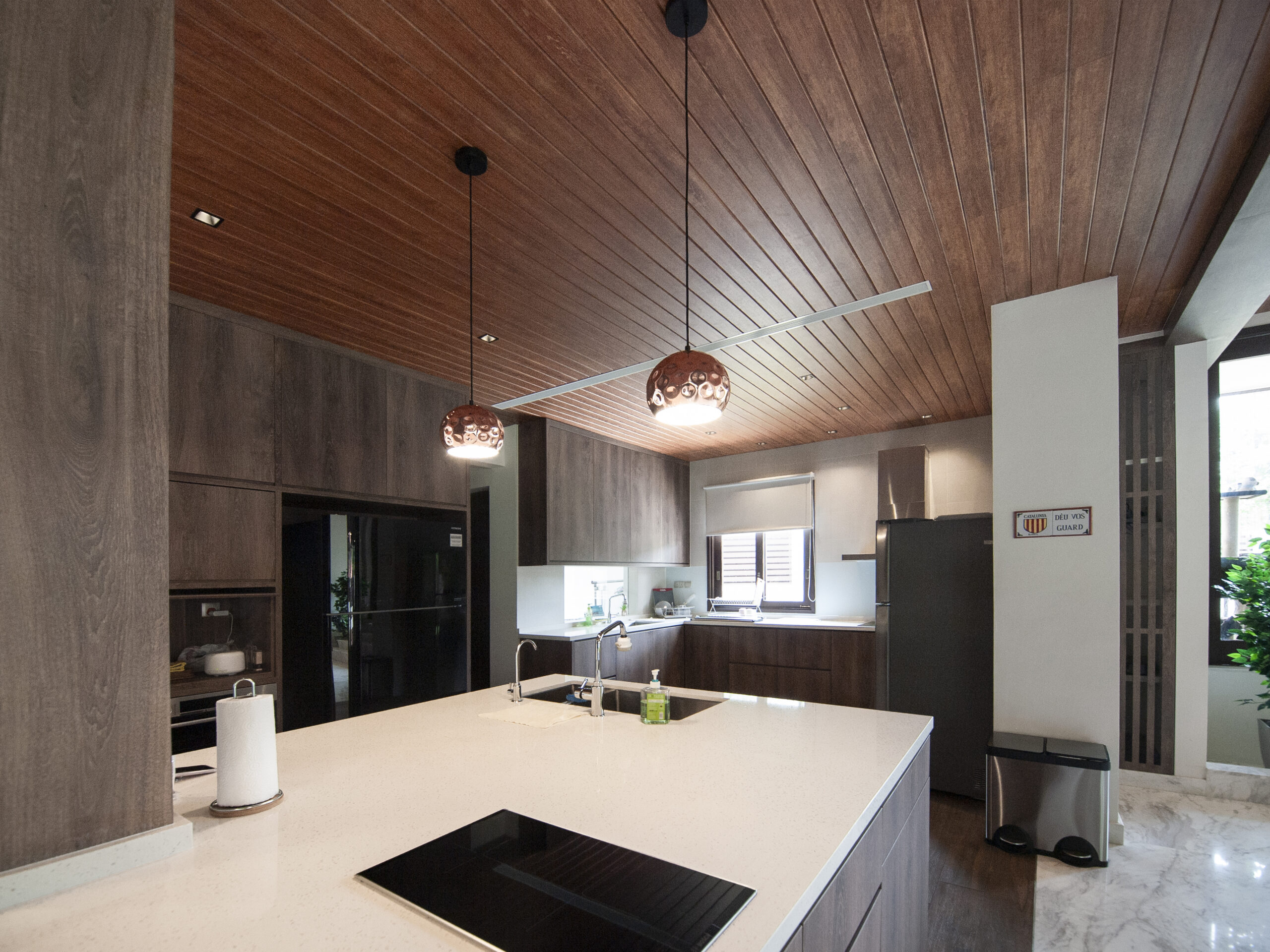You’ve always believed you have Gordon Ramsay’s culinary skills, but lack his fancy kitchen setup, critical, in your eyes, to show off said skills. You’ve scrimped and saved for a couple of months, and now that your bank account agrees with you, it’s time to give that kitchen a little makeover. Though it isn’t as straightforward as that. You have just that one more difficult decision to make – induction, or gas? In this article, we’ll give a brief overview on the pros and the cons of each type!
Gas

First up on the chopping blocks, the establishment, the Gas Hob. A quality set can set the kitty back around $500, making them significantly cheaper to buy, and as gas is less expensive than electricity, cheaper to run as well. Traditionally, these have been fitted to the bulk of the kitchens locally as standard, and utilise gas burners to create an open flame for you to do your cooking on. Another advantage is that they are able to reach higher cooking temperatures than their Induction counterparts, allowing for more culinary flexibility.
That’s the stovetop sorted, you now need to make yet another decision – piped, or tank. If it’s day-to-day convenience you are seeking, piped gas is the way to go. Granted, installation can be a hassle as you need to contact city gas to make an appointment to run the pipes. You’ll need to make a 2nd appointment with them once your kitchen cabinets and countertops are in place to connect the gas supply to your hob. If the aforementioned hassle is a turn-off to you, do go the LPG tank route. Minimal pipework is needed, and you do not have to engage City Gas. A tank will last around a month with daily cooking, and there is a wide range of retailers you can get your gas from.
Induction

With their sleek lines and their electromagnets, Induction cookers are really starting to stick. They offer an aesthetically-pleasing solution to that dream designer kitchen of yours. No open flames or pipes needed here; the electromagnet triggers appropriate magnetic metals to general heat for your cooking. As a result, the cooktop remains cool, meaning it is safer to use than a Gas Hob. Less ambient heat is given off too, lowering overall temperature in the kitchen, a huge plus point considering many modern apartments have tiny ones!
There are some significant drawbacks to induction hobs though. They cannot reach the temperatures achieved by their gas-powered cousins, and you can only use pots with flat surfaces made of magnetic metals. Cost is a drawback too, with basic units from name brands costing upwards of $1,200.

Both camps offer compelling reasons for themselves. However, avid chefs will probably settle for the gas hobs. Their versality from a culinary standpoint cannot be overlooked, and they are just cheaper to buy and to maintain in the long run. That being said, if you do not cook all that often, and you are looking to make better use of your kitchen countertop, an induction stove may be the way to go.
